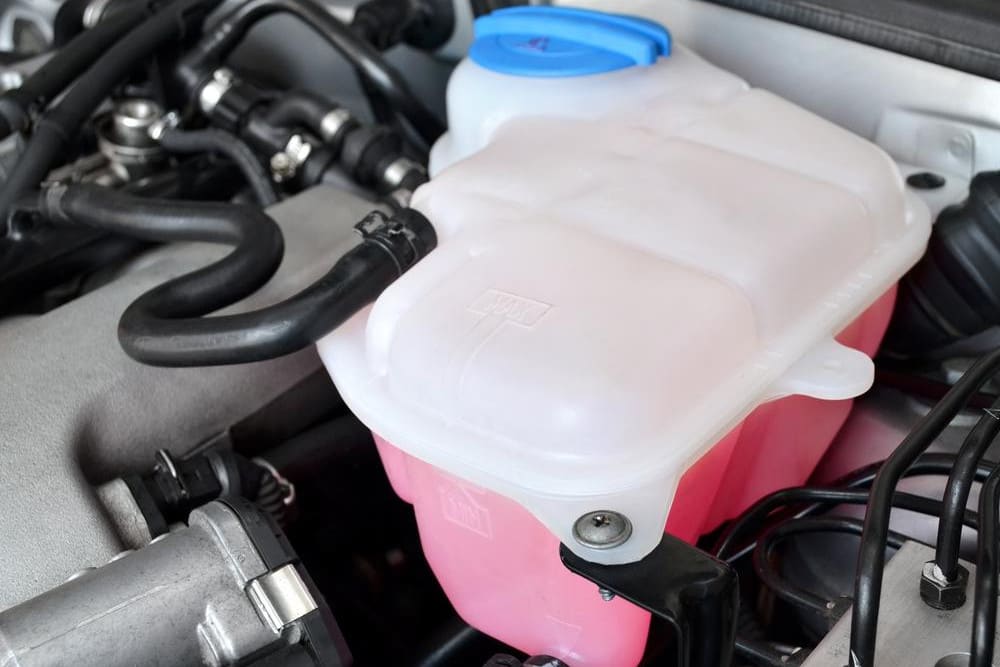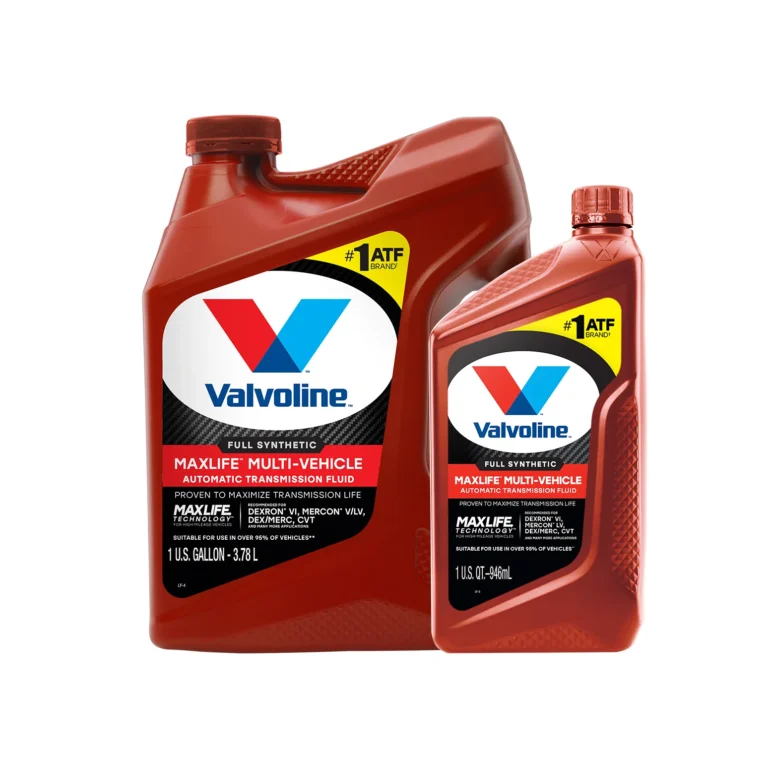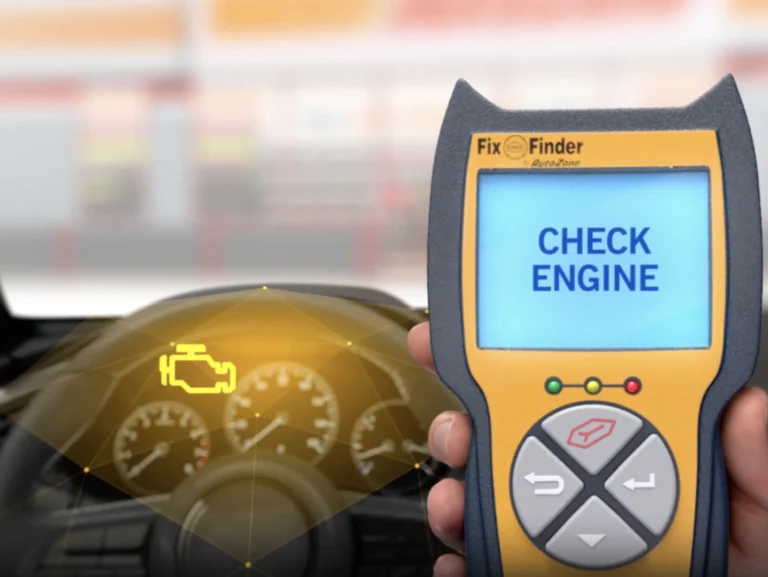Can A Bad Coolant Reservoir Cause Overheating?

The coolant reservoir plays a critical role in a vehicle’s cooling system, storing excess coolant and ensuring that the system remains filled to the appropriate levels. If this component malfunctions or becomes damaged, it could potentially contribute to overheating issues. But how exactly can a bad coolant reservoir lead to engine overheating? Let’s break it down.
What is a Coolant Reservoir?
The coolant reservoir, also known as the overflow tank, is a part of a vehicle’s cooling system. Its primary function is to store coolant that expands as the engine heats up and to help maintain the correct coolant level in the system. The coolant circulates through the engine, absorbing heat, and then flows back into the reservoir where it cools and contracts.
Key Functions of the Coolant Reservoir:
- Holds Extra Coolant: The reservoir stores coolant that may overflow from the radiator as it heats up.
- Maintains System Pressure: It helps maintain the correct pressure within the cooling system by managing coolant flow.
- Prevents Air from Entering the System: The reservoir allows the coolant to flow back into the radiator without allowing air into the system, which could lead to air pockets and inefficient cooling.
How Can a Bad Coolant Reservoir Cause Overheating?
A malfunctioning or damaged coolant reservoir can directly impact your vehicle’s ability to manage engine temperature. Here are several ways a bad coolant reservoir can contribute to overheating:
1. Low Coolant Levels
If the coolant reservoir is cracked, leaking, or damaged, it may not be able to hold coolant at the proper level. As a result, the vehicle’s radiator and cooling system could experience a loss of coolant, leading to low coolant levels. When coolant levels drop too low, the engine will struggle to regulate its temperature, which can cause overheating.
- Coolant Loss: Cracks or leaks in the reservoir can cause coolant to escape, reducing the available coolant to circulate through the engine.
- Increased Risk of Overheating: When the system doesn’t have enough coolant, it becomes harder for the radiator to absorb heat, leading to overheating.
2. Air in the Cooling System
The coolant reservoir is designed to maintain a sealed system, helping prevent air from entering the radiator and cooling system. If the reservoir is damaged, it may not be able to properly seal, allowing air into the system. Air pockets can interfere with coolant flow and reduce the efficiency of the cooling system, ultimately leading to overheating.
- Air Pockets: Air pockets can form when the reservoir isn’t sealed correctly, causing parts of the engine to overheat as the coolant can no longer circulate properly.
- Coolant Flow Disruption: Air entering the cooling system can disrupt coolant flow, preventing the engine from staying at its optimal operating temperature.
3. Ineffective Coolant Expansion
The coolant reservoir allows coolant to expand and contract as the engine heats up and cools down. If the reservoir is damaged, it may not be able to handle the excess coolant that expands as the engine warms up. This can result in an inability to maintain the correct coolant level, and, over time, lead to an overheated engine.
- Excessive Pressure: A bad coolant reservoir might not provide enough space for coolant expansion, causing excessive pressure in the system. This pressure can lead to radiator hose damage or leaks.
- Coolant Overflow: Without the proper reservoir capacity, coolant might spill out of the system, reducing the amount available to keep the engine cool.
4. Broken or Faulty Cap
The coolant reservoir cap plays a vital role in maintaining the pressure within the cooling system. If the cap is faulty, damaged, or doesn’t seal properly, coolant could leak or evaporate. This can lead to a loss of coolant and cause the engine to overheat. A faulty cap can also cause the system to lose pressure, reducing the cooling efficiency.
- Pressure Loss: A broken cap will fail to keep the system pressurized, which is necessary for the coolant to work efficiently.
- Coolant Leakage: A faulty cap can cause coolant to leak from the reservoir, further lowering the coolant level in the system.
5. Contaminated Coolant
If the coolant reservoir becomes dirty or contaminated, it can lead to a reduction in coolant flow or the engine overheating. For example, if debris or sludge accumulates in the reservoir, it may prevent coolant from properly circulating through the engine, causing overheating.
- Clogged System: Contaminants can clog the radiator or cooling system hoses, reducing the flow of coolant and hindering the system’s ability to cool the engine.
- Inefficient Cooling: The presence of dirt or sludge in the coolant can reduce the efficiency of the cooling system, leading to potential engine overheating.
Symptoms of a Bad Coolant Reservoir
If the coolant reservoir is failing and contributing to overheating, you might notice the following symptoms:
1. Coolant Leaks
One of the most obvious signs of a bad coolant reservoir is coolant leaking onto the ground beneath your vehicle. You may also notice coolant stains on the engine or around the reservoir itself.
- Puddles of Coolant: Look for puddles of coolant under the car, particularly after it has been running. The coolant may be green, orange, or pink depending on the type of coolant used.
2. Engine Overheating
A direct result of a bad coolant reservoir is engine overheating. If the reservoir cannot maintain the correct coolant levels or allow the proper flow of coolant, the engine temperature will rise.
- Warning Lights: The temperature warning light on your dashboard may come on, signaling that the engine is overheating.
- High Temperature Gauge: The temperature gauge in your vehicle may indicate that the engine is running hotter than usual.
3. Steam or Smoke from Under the Hood
If the engine gets too hot due to coolant loss or improper coolant flow, you may see steam or smoke coming from under the hood. This indicates that the engine is dangerously close to overheating.
- Visible Steam: Steam may come from the radiator or coolant reservoir area if the system is losing coolant or if coolant is boiling due to high temperatures.
4. Low Coolant Levels
If the coolant reservoir is cracked or leaking, you may notice that the coolant level is consistently low. If you need to add coolant frequently, the reservoir may be the source of the problem.
- Coolant Reservoir Warning: Your vehicle’s dashboard may alert you when the coolant level is low, especially if the reservoir is leaking.
How to Fix a Bad Coolant Reservoir
If you suspect that a bad coolant reservoir is causing overheating, here are the steps you can take:
1. Inspect the Reservoir for Cracks or Leaks
Look for visible cracks, leaks, or damage around the coolant reservoir. If you find any damage, you may need to replace the entire reservoir.
- Look for Leaks: Check for puddles of coolant underneath the vehicle or stains around the reservoir itself.
2. Check the Reservoir Cap
Inspect the coolant reservoir cap to ensure it is functioning correctly. A damaged or worn-out cap may not be sealing properly, causing coolant loss.
- Test the Cap: If the cap looks damaged or doesn’t seal properly, replace it with a new one.
3. Flush and Refill the Cooling System
If the coolant in the reservoir appears dirty or contaminated, you should flush the cooling system to remove debris or sludge. After flushing, refill the system with fresh coolant and check for leaks.
- Flush the System: Use a radiator flush to clean out the system and remove any contaminants that may hinder proper coolant flow.
4. Replace the Coolant Reservoir
If the coolant reservoir is cracked or too damaged to repair, you’ll need to replace it with a new one. A faulty reservoir can’t be fixed with patching or adhesives, and it’s essential to ensure the cooling system is functioning properly.
- Install a New Reservoir: Purchase the correct replacement for your vehicle and install it according to the manufacturer’s specifications.
Conclusion
In conclusion, a bad coolant reservoir can indeed cause overheating by preventing the proper flow of coolant or causing coolant loss. Whether through leaks, cracks, or a faulty cap, a malfunctioning reservoir can compromise the cooling system, leading to potential engine damage. If you notice symptoms like coolant leaks, low coolant levels, or engine overheating, it’s important to inspect the coolant reservoir and replace it if necessary. Keeping the coolant reservoir in good condition is essential for maintaining your vehicle’s engine at a safe operating temperature and avoiding costly repairs due to overheating.
Also Check:
• Does a Bad Water Pump Cause Overheating?





